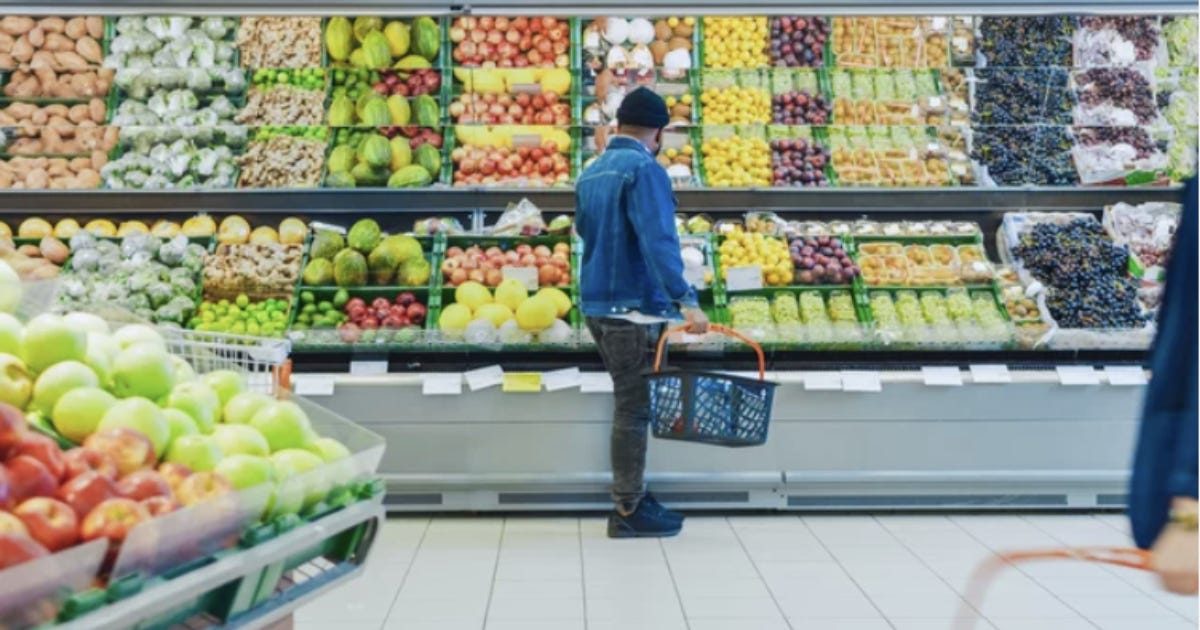OP-ED: A 10$ bag of rice? The quiet crisis behind soaring food prices
Dr. Sylvain Charlebois writes, "A standard two-kilogram bag of white rice now sits close to $10, a hefty increase for one of the most affordable global staples."
By Dr. Sylvain Charlebois
When Canadians think of food price hikes, they tend to picture meat, coffee, produce, or even chocolate. Rice rarely comes to mind. Yet in 2025, rice has quietly become the single fastest-rising food product in Canadian grocery stores—up 48.9% since January, according to Statistics Canada. That’s not a rounding error. A standard two-kilogram bag of white rice now sits close to $10, a hefty increase for one of the most affordable global staples.
The reasons are layered. While Statistics Canada’s price index paints a broad picture of “white rice,” much of the pressure comes from specific market dynamics. For several months, Canadian tariffs on U.S. rice imports squeezed processor margins. Dainty—the 143-year-old Montreal-based company that remains Canada’s only rice milling facility—imports rice from multiple countries, cleans, mills, and packages it domestically. Since no rice is commercially grown here, all Canadian supply chains are exposed to global shocks.
Basmati rice, Canada’s top-selling variety by volume, is a key driver. Pre-packaged imports from India are highly sensitive to international commodity swings, and India’s temporary export restrictions last year sent global prices upward. By March, the average retail price of a two-kilogram bag in Canada had pushed well past $10 under tariff pressure, marking a peak in the white rice category. Since tariffs were lifted, prices have eased slightly, but not enough to offset the year’s cumulative rise—and it remains unclear whether they will drop further in the months ahead.
Rice is not a marginal food in this country. Roughly one in ten Canadian adults—about 2.2 million people—consume rice as their primary grain, driven largely by cultural and dietary traditions. The market’s scale depends on how it’s measured: Bonafide Research estimates more than $600 million in annual retail sales, while broader industry figures that include food service, processing, and imports put the figure above $16 billion. The gap highlights an important point for policymakers—rice may seem like a niche product in household terms, but economically, it carries weight.
Immigration and shifting consumption patterns will likely push demand higher in coming years. Nutritionally, however, the picture is mixed. White rice—by far the dominant variety on Canadian shelves—is primarily a carbohydrate source and, unless enriched, offers little in the way of fiber or micronutrients. Brown, red, and black rice varieties, which retain their bran and germ, deliver higher fiber, B-vitamins, and antioxidants. Wild rice, while not botanically rice, offers even greater protein density. Rice is naturally gluten-free and, when paired with legumes, forms a complete protein, but over-reliance on unenriched white rice can displace more nutrient-dense grains from the diet. For Canadian consumers, the takeaway is clear: variety matters—for both nutrition and long-term health outcomes.
Could Canada ever grow its own rice? While far from becoming a rice powerhouse, niche production is not inconceivable. Controlled-environment agriculture and greenhouse production could make small-scale cultivation possible in water-abundant regions such as British Columbia or southern Ontario. Still, the economics are challenging: Canada would be competing against low-cost giants like the U.S., India, and Vietnam, and rice is notoriously water-intensive. Climate change may eventually reshape growing seasons, and technology could lower barriers, enabling boutique production for speciality markets—much as Canada has done with wine grapes, wasabi, and even bananas.
The real question for Canada is not whether rice can be grown domestically, but whether doing so would make economic and environmental sense. Until then, rice will remain a barometer of global trade shifts, climate shocks, and policy decisions—reminding us that even an overlooked staple can tell a big story about our food economy.
— Dr. Sylvain Charlebois is Director of the Agri-Food Analytics Lab at Dalhousie University, co-host of The Food Professor Podcast and Visiting Scholar at McGill University.
Follow Dr. Charlebois on X @FoodProfessor




This country is a mess!
The writer is wondering about the rise in rice sales here. Well that's not because of the canadian retailer. It's because of all the immigrants that have landed here from the middle east and Asia. That's their standard food stapple. Hell I rarely eat rice. I don't know anyone who eats rice regularly.